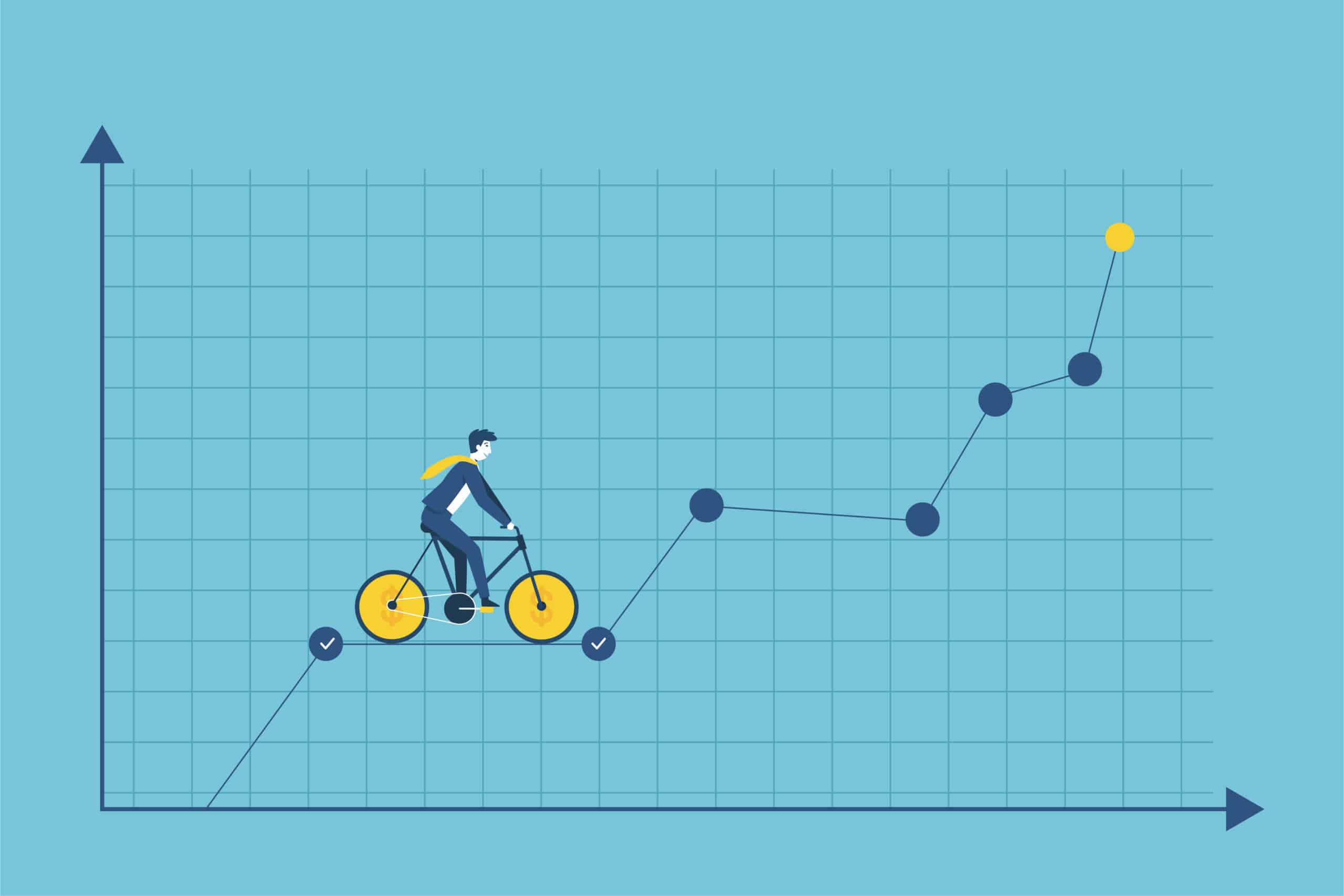Consumers are always on the lookout for the best deals and discounts. As a result, retailers face intense competition, with pricing becoming a crucial factor in determining the success of their business.
In such a competitive market, keeping up with the constantly changing prices can be challenging. This is where retail price monitoring comes into play, providing an efficient solution to stay on top of pricing trends and strategies.
Price monitoring is the practice of regularly tracking and analyzing the prices of products and services offered by competitors. Retailers can leverage data-driven insights to gain a competitive edge by adjusting their pricing strategies accordingly.
From optimizing profit margins to identifying pricing gaps in the market, the benefits of price monitoring are numerous. But how does such monitoring work, and what are the best practices to follow?
In this article, we explore everything you need to know about it. Let’s jump right into it!
Understanding Retail Price Monitoring
The concept of price monitoring may sound simple, but several factors are involved in this process. In a nutshell, it refers to tracking the prices of competitors, analyzing the data, and then making informed decisions based on the insights gathered.
Several types of tools are available on the market to aid in retail price tracking, including dynamic pricing software. This solution allows retailers to adjust their prices in real time based on various factors, such as demand, competition, and inventory levels.
Another tool that retailers can use is price intelligence software. A platform like Brandly360 tracks the prices of products across different retailers and provides insights into pricing trends, competitor pricing strategies, and pricing gaps in the market.
However, before diving into the tools and techniques, retailers must understand the benefits of price monitoring and how it can help improve their business.
Want to get set up with competitor monitoring, price tracking and even more?
Book a free demo to monitor any e-commerce competitor pricing and get instant info of important price movements and more!
Benefits of Retail Price Monitoring
Optimizing Profit Margins
One of the most significant benefits of retail price monitoring is optimizing profit margins. By tracking the prices of competitors, retailers can adjust their strategies to ensure they maximize their profits while remaining competitive in the market.

For example, if a retailer notices that a competitor is offering a product at a lower price, they can reevaluate profit margins and adjust their prices accordingly. It ensures they do not lose sales and maintain a healthy profit margin.
Identifying Pricing Gaps in the Market
Retail price monitoring can also help retailers identify pricing gaps in the market.
A pricing gap is the difference between the prices of a product or service various retailers offer.
Using price comparison websites and other solutions, retailers can find these pricing gaps and adjust their product prices to match the market trends or position themselves as a premium or value brand, depending on their pricing strategy.
Improving Customer Loyalty
Price is a significant factor in customer loyalty, with people often switching to competitors if they find a better deal elsewhere.
By monitoring prices and adjusting them accordingly, retailers can ensure their customers aren’t tempted by their competition.
Additionally, since customers appreciate transparency, competitive price monitoring can help retailers ensure their offer is fair and provides an edge.
Challenges in Retail Price Monitoring
Data Overload
With the sheer amount of pricing data involved in price monitoring, it can be challenging to sift through the information and identify relevant insights. Retailers must ensure they are using the right tools and techniques to analyze the data and gather insights that can help them make informed decisions.
Lack of Standardization
Another challenge in price monitoring is the lack of standardization in pricing across different retailers. This factor can make it challenging to compare prices and identify pricing gaps in the market.
For example, some retailers may offer discounts or promotions that are unavailable to others, which can skew the data and make it difficult to gather accurate information.
Price Wars
Price wars refer to retailers continuously lowering their prices to remain competitive, which can have a significant impact on profit margins.

This situation can result in a race to the bottom, with retailers offering unsustainable prices that can be detrimental to their business in the long run.
Best Practices for Retail Price Monitoring
To overcome the challenges associated with retail price tracking, retailers must follow best practices, using the right tools and techniques to their advantage. Here’s some advice to make it happen:
Define Your Pricing Strategy
Before diving into price monitoring, it is crucial to define your pricing strategy. This step involves identifying your target audience, understanding their buying behavior, and setting prices that are competitive and profitable.
By defining your strategy, you can ensure your price monitoring efforts are focused on gathering insights that align with your business goals and objectives.
Choose the Right Tools
Regarding price tracking software, retailers can choose from several tools. Ultimately, their choice should align with their business needs and goals.
Before making the final decision, ensure the tool is easy to use, integrates with your existing systems, and provides accurate pricing data and insights.
Want to get set up with competitor monitoring, price tracking and even more?
Book a free demo to monitor any e-commerce competitor pricing and get instant info of important price movements and more!
Monitor Competitor Prices Regularly
Retailers must monitor competitor price changes regularly to remain competitive in the market.
Tracking prices across different retailers, identifying pricing gaps, and adjusting prices in response to market changes are all excellent ways to achieve this goal. This way, retailers can stay on top of pricing trends and make informed decisions about their strategies.
Analyze Data and Gather Insights
Retail price tracking involves collecting vast amounts of data, which can be overwhelming without the right price monitoring tools and techniques.
Retailers should use the latest solutions to analyze the information and gather relevant insights to make the most out of this opportunity.

By doing so, they can identify pricing market trends, adjust their strategies, and make data-driven decisions that can help improve their business.
Stay Compliant with Legal Requirements
When it comes to pricing, retailers must also ensure they are complying with legal requirements. Besides adhering to pricing regulations, they must keep their prices transparent and accurate and avoid anti-competitive pricing behavior.
By staying compliant with legal requirements, retailers can avoid fines and penalties and maintain their reputation in the market.
The Future of Retail Price Monitoring
The future of retail price tracking is bright, with several advancements in technology and price tracking tools that can help retailers stay on top of trends and adjust their strategies on the fly.
Here are some trends and advancements that are shaping the future of retail price tracking:
Artificial Intelligence and Machine Learning
Artificial intelligence (AI) and machine learning (ML) are transforming the retail industry, and price monitoring is no exception. AI and ML can help retailers analyze vast amounts of data, identify pricing trends, and make informed decisions about their pricing.
For example, AI and ML can be vital in identifying pricing patterns and predicting consumer behavior, enabling retailers to adjust their prices accordingly and optimize their profit margins.
Data Visualization and Analytics
Advancements in data visualization and analytics can help retailers visualize data and gather insights quickly and efficiently. With customizable dashboards and real-time information, retailers can stay on top of pricing trends and adjust their pricing accordingly.
Data visualization and analytics can also help retailers identify pricing gaps and adjust their prices to remain relevant in the competitive market.
Dynamic Pricing
Dynamic pricing is a strategy that adjusts prices in real time based on various factors, such as demand, competition, and inventory levels. Dynamic pricing software can help retailers implement this strategy, ensuring they remain competitive in the market.
Personalized Pricing
Personalized pricing is a strategy that offers different prices to different customers based on their buying behavior, demographics, and other factors.
Thanks to implementing this strategy, retailers can have an easier time offering competitive prices to their customers while maximizing their profit margins.
Omnichannel Retailing
Omnichannel retailing refers to the integration of different sales channels, such as online, offline, and mobile, to provide a seamless shopping experience for customers. Retailers who adopt omnichannel retailing can leverage data and insights from different sales channels to adjust their prices and promptly react to market changes.
How Can Brandly360 Help You?
Brandly360 is a price intelligence solution that can help retailers monitor competitor prices, gather insights, and make informed decisions about their pricing strategies.
This price monitoring software offers real-time price tracking, helping retailers track competitor price fluctuations and adjust their prices accordingly. It allows them to stay competitive in the market and jump on sales opportunities whenever they appear.

Brandly360 also offers customizable dashboards that allow retailers to visualize data and gather insights quickly and efficiently. It’s an effective way to track your competition as well as retailers and distributors, ensuring your products are adequately priced across all channels.
In Conclusion
Retail price monitoring is a crucial aspect of the retail industry, with several benefits for retailers who can stay on top of trends and adjust their strategies accordingly.
However, price monitoring is not without its challenges. Retailers must overcome data overload, lack of standardization, and price wars to succeed in the market.
Price optimization software can help them achieve this goal. By following best practices and staying compliant with legal requirements, retailers can leverage retail price tracking to improve their business and remain competitive.
With advancements in technology and tools, the future of price monitoring looks bright, and retailers who can adapt to these changes can reap the rewards of this critical practice.
Want to get set up with competitor monitoring, price tracking and even more?
Book a free demo to monitor any e-commerce competitor pricing and get instant info of important price movements and more!

Manager with experience in leading team of software developers and testers during implementation of internal and external IT projects. Ceo of Brandly360.com.


